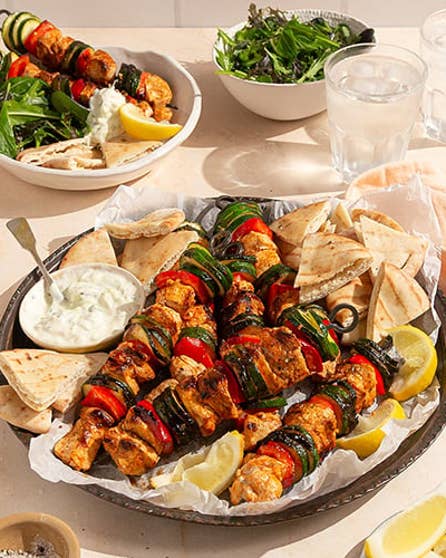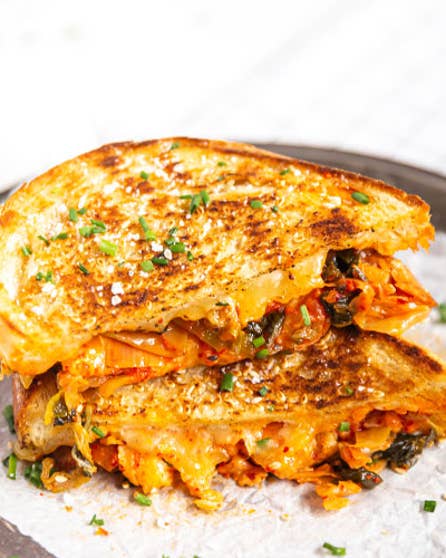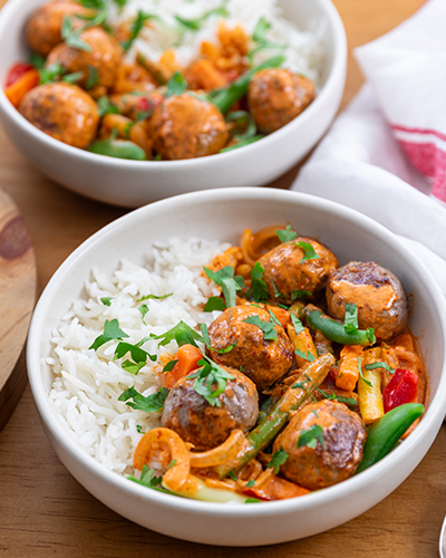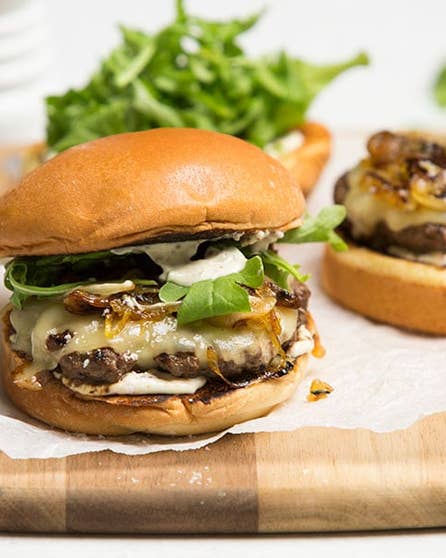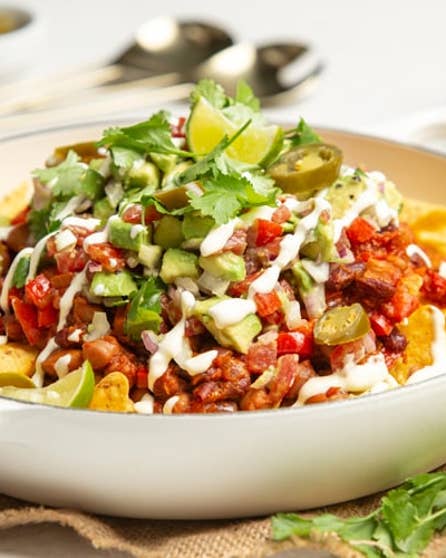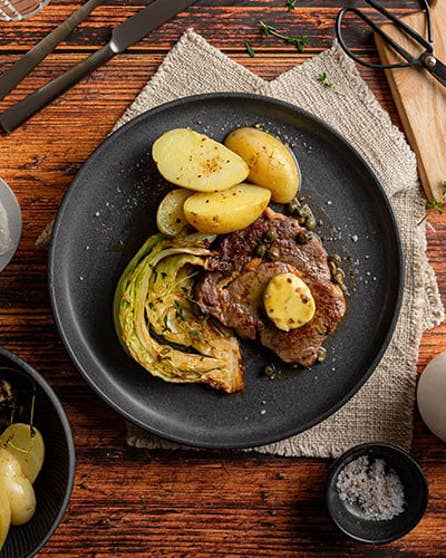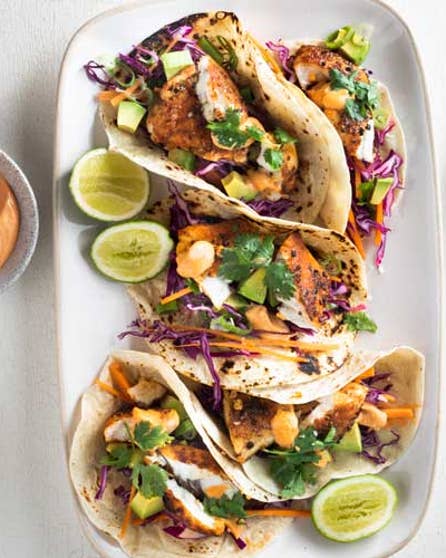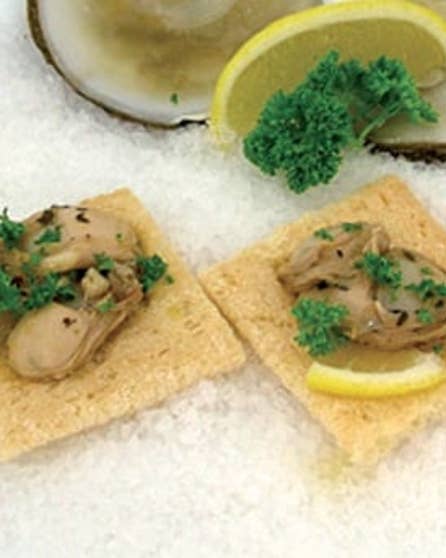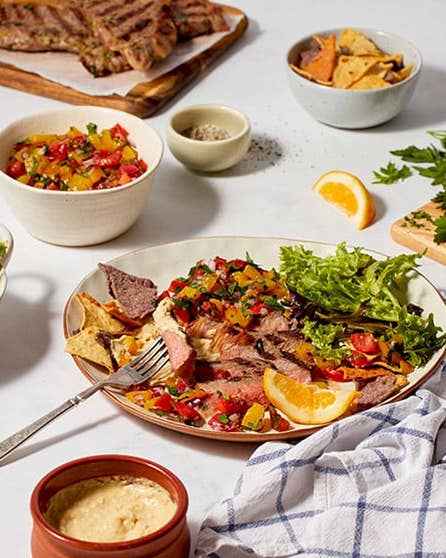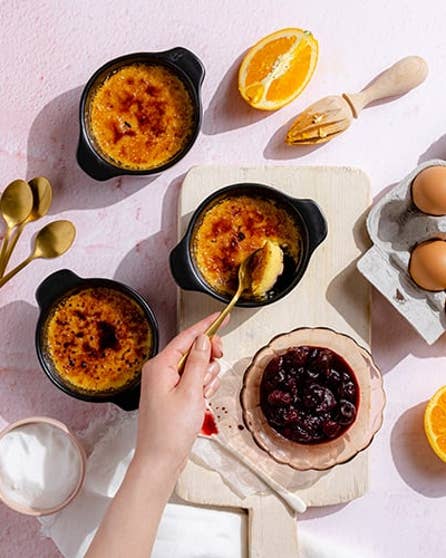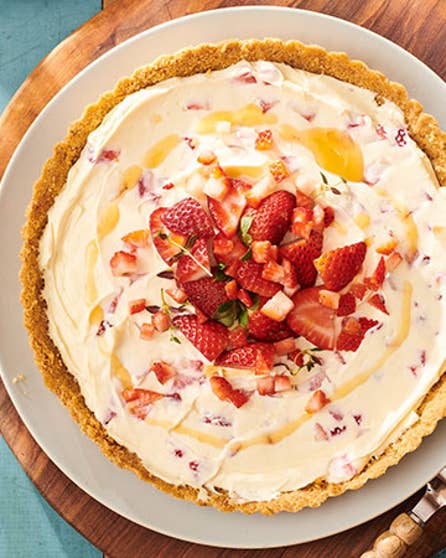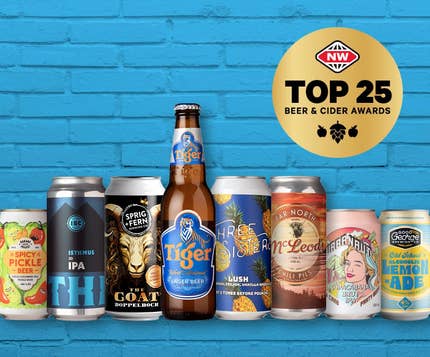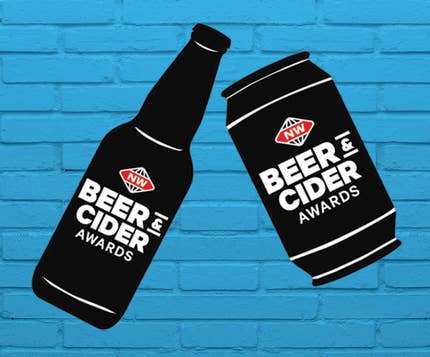How to pair beer and food?

Interested in the basics of beer and food matching? Here are some quick tips followed by more detailed ideas from Michael Donaldson if you’re keen to explore…
Jump to content
• Lagers and pilsners food matching
• Pale Ales food matching
• IPAs food matching
• Dark beers food matching
• Food and cider matching
What food goes well with lager and pilsners?
Lager and pilsners go well with nearly everything. Lager loves simple, satisfying bites—crisps, roast chicken, salmon bagels, ham and pineapple pizza, cheddar and crackers. While Pilsners are most commonly served with Asian foods like Thai and Indian, but just as happy alongside a Reuben, Croque Monsieur, fresh spring rolls, pork buns, shellfish, or soft cheeses like brie and camembert.
Just don’t over-complicate things and let the beer do its work in refreshing and cleansing the palate.
What food goes well with pale ales?
Pale Ale is a classic pub-grub match – burgers, pizza, roast chicken, grilled meats – but because the style is so closely associated with California it has evolved to match some of the cuisine you’d find there: think tacos, Pacific fusion, avocados.
Pale Ale goes particularly well with nachos topped with sour cream and guacamole – the spices trade blows with the hops, sometimes accentuating each, sometimes cancelling each other out. A classic Kiwi gourmet burger benefits from the same effect, while a roast chicken with kumara is a delicious Pale Ale partner.
What food goes well with IPAs?
With the hop flavour and bitterness turned up high, IPA needs big food to scrum against, as it can too easily overpower many dishes and have its own flavour tempered by the wrong match.
Try it alongside rich food such as lamb shoulder, beef brisket, pulled pork, milder Indian curries, blue cheese and desserts such crème brûlée or cheesecake. Sweeter, juicier double IPAs go well with salty foods such as ham, sausages, hamburgers or cuisines that accentuate umami flavours.
And anything with a sweet, salty gravy can be nicely offset by a big IPA. Try one beside salted caramel ice cream for a real taste twist.
What food goes well with dark beers?
Porters and Stouts are among the most food-friendly beers you can find. At one end of the spectrum a dry Stout has long been regarded as a perfect match for creamy, salty oysters. As weird it seems, it works – the rich, bitter dry char of the beer is the ultimate contrast to the briny sharpness of the oyster.
Dry Stouts also love barbecue food, with the lovely blackened bits on the meat countering some of the ash notes in the beer to leave you with a perception of a sweeter finish.
For dessert, better to pair these sweeter beers with a plain dessert like vanilla ice cream, where the flavours can create friction and contrast.
How to pair cider and food?
Cider’s tart fruitiness with the added spritz of bubbles takes it places where wine normally rules – and then beyond.
The most natural destination for cider is alongside pork – Asian-style pork belly, roast pork, sausages. But try it with creamy dishes such as creamy chicken pasta, cauliflower cheese, pumpkin soup and even creamy desserts such as cheesecake or trifle. Strong, aged cheddar is another perfect match.
And if you’re looking for champagne breakfast with a twist, some freshly baked buttery croissants would go well with a dry pear cider, while gently hopped or fruited ciders will happily embrace the tempura batter and oily fish, like salmon and tuna, of Japanese cuisine.
Top tips to match food and beer
-
Consider intensity:
A big beer will overwhelm a subtle dish, while powerful ingredients could obscure a balanced beer. Sometimes big, robust dishes just need a big, robust beer. -
Compliment or contrast:
Complimentary matches involve the same flavours in the beer and food. For example, a chocolate-y porter should go well with chocolate cake. Contrasting flavours are different but compatible. For example, a fruity pale ale can contrast and cool hot spices and peppers. -
Flavour hook:
Where an element of the beer or the food just ties the two together. For example, look for a herbal note in an IPA which highlights the coriander in an Asian dish. -
Region by region:
Try regional food with regional-style beers. For example German weisswurst (sausage) and hefeweizen (German-style wheat beer), or a proper pork pie with an English-style bitter.
